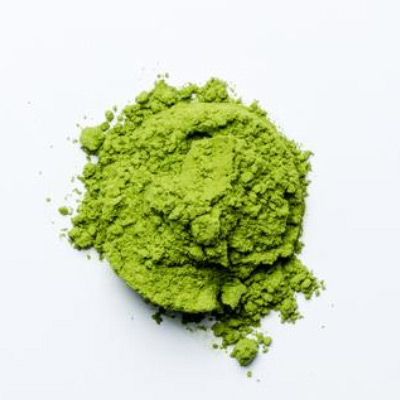The Advantages and Applications of Stainless Steel Drainage Grates
Stainless steel drainage grates are essential components in modern infrastructure, providing efficient drainage solutions for various environments. Their strength, durability, and resistance to corrosion make them ideal for both commercial and residential applications. In this article, we will explore the advantages of stainless steel drainage grates, their various applications, and the factors to consider when selecting the right grates for specific needs.
Advantages of Stainless Steel Drainage Grates
1. Corrosion Resistance One of the most significant benefits of stainless steel is its inherent resistance to corrosion. This property is particularly advantageous in environments exposed to water, chemicals, and varying weather conditions. Unlike traditional materials such as cast iron or galvanized steel, stainless steel does not rust or degrade easily, ensuring longevity and reducing maintenance needs.
2. Durability Stainless steel is known for its robust nature, providing strength and resilience against heavy loads and impact. This makes stainless steel drainage grates suitable for high-traffic areas, such as roads, pavements, and industrial sites, where they are subjected to substantial stress and wear.
3. Aesthetic Appeal In addition to functionality, stainless steel grates offer a sleek, modern appearance that can enhance the overall aesthetic of any environment. They are often used in architectural designs for public spaces, parks, and upscale residential properties, where visual appeal is as important as performance.
4. Versatility Stainless steel drainage grates come in a variety of sizes, shapes, and designs, making them adaptable to a range of applications. From floor drains in the kitchen to stormwater management systems in urban areas, these grates can be tailored to fit specific drainage needs.
5. Easy Maintenance Stainless steel is easy to clean, which is particularly beneficial in areas prone to grease, dirt, and food residues. Regular cleaning reduces the risk of blockages and ensures that drainage systems function efficiently.
Applications of Stainless Steel Drainage Grates
1. Commercial Kitchens In restaurants and food processing facilities, stainless steel drainage grates are commonly used to facilitate efficient drainage of water and waste. Their resistance to bacteria and easy cleaning properties make them an ideal choice for maintaining hygiene standards.
2. Public Spaces Parks, walkways, and plazas often employ stainless steel grates as part of their landscaping and drainage solutions. These grates effectively manage rainwater runoff and prevent flooding, while also complementing the aesthetic design of the area.
stainless steel drainage grates

3. Industrial Facilities Manufacturing and processing plants frequently utilize stainless steel drainage systems to handle wastewater and byproducts. The durability of stainless steel ensures that these grates can withstand harsh conditions, making them essential in industrial settings.
4. Residential Areas Homeowners are increasingly opting for stainless steel drainage solutions in their gardens, driveways, and swimming pool areas. These grates not only provide effective drainage but also add a touch of elegance to outdoor spaces.
5. Urban Infrastructure In cities, stainless steel drainage grates are employed in stormwater management systems to control water runoff and protect urban landscapes. Their durability and resistance to environmental factors make them reliable components in municipal projects.
Factors to Consider When Choosing Stainless Steel Drainage Grates
When selecting stainless steel drainage grates, several factors should be considered
- Load Rating Determine the expected load requirements based on the location of the grate. Different applications require different load ratings, so ensure that the selected grate is suitable for its intended use.
- Slot Size and Design The size and configuration of the slots or openings in the grate affect drainage efficiency. Consider local rainfall patterns and potential debris when choosing a design.
- Finish Various finishes are available for stainless steel, including polished, brushed, and mill finish. The choice of finish can impact both aesthetic appeal and maintenance requirements.
- Installation Requirements Ensure that the drainage grate system is compatible with existing drainage infrastructures. Proper installation is crucial for optimal performance.
In conclusion, stainless steel drainage grates are versatile, durable, and visually appealing solutions for a range of applications. Their corrosion resistance and ease of maintenance make them a reliable choice for environments where efficiency and aesthetics matter. By understanding their advantages and applications, you can make informed decisions about incorporating stainless steel drainage grates into your projects, ensuring longevity and performance in any drainage system.
-
Versatility of Expanded Aluminum Metal for Various Applications
NewsMay.19,2025
-
The Geometry of Steel Gratings: Why It Matters
NewsMay.19,2025
-
Reinforcement Applications of Perforated Mesh in Masonry
NewsMay.19,2025
-
Essential Tools for Installing a Deck Mesh Railing
NewsMay.19,2025
-
Anti-Slip Flooring Made with Stainless Expanded Mesh
NewsMay.19,2025
-
Adjustable Steel Grating for Uneven Terrain
NewsMay.19,2025
Subscribe now!
Stay up to date with the latest on Fry Steeland industry news.

